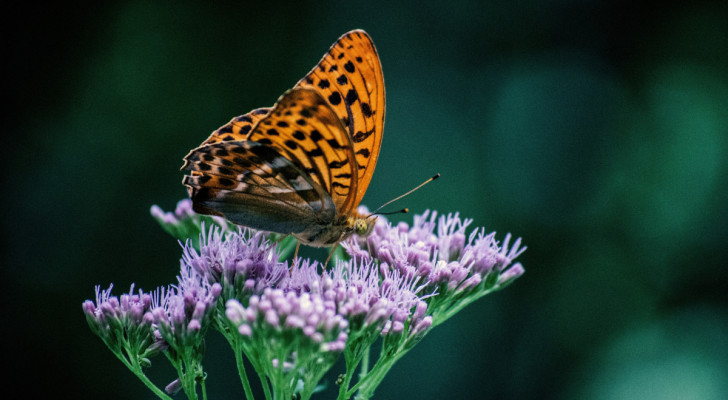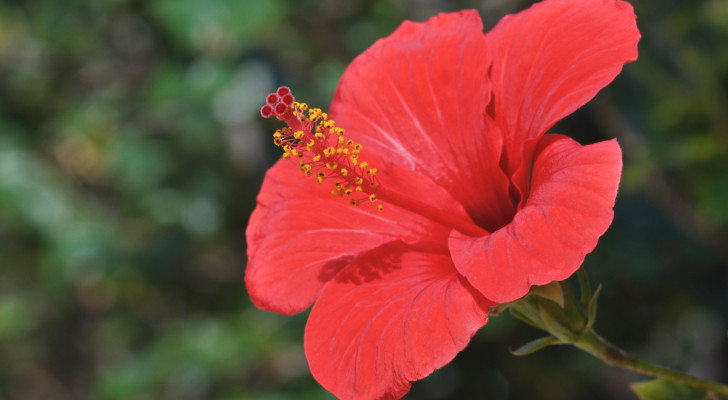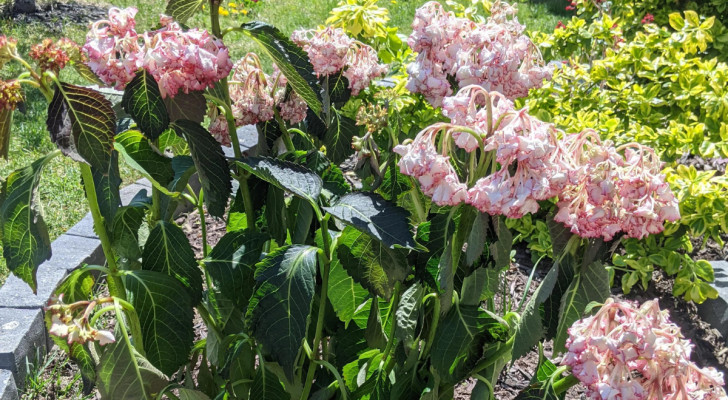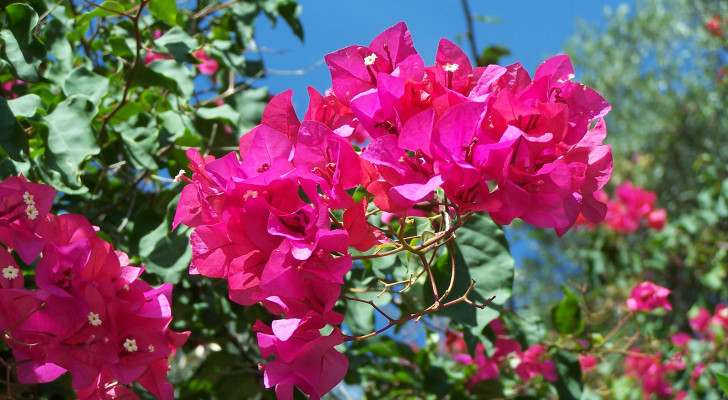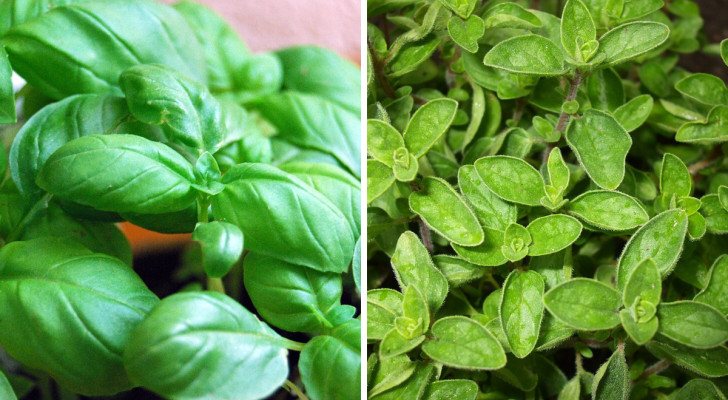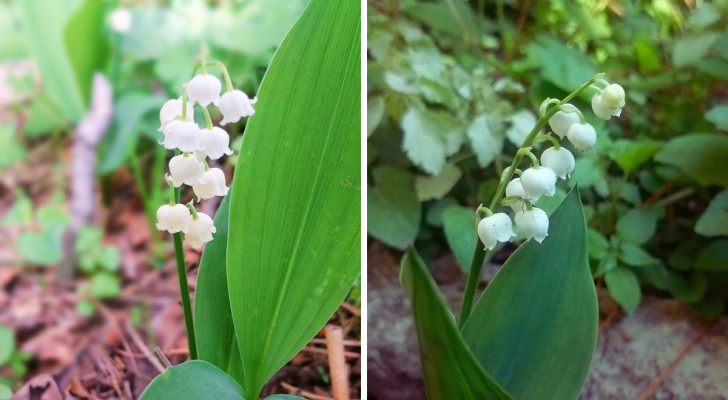Your Aloe Vera is drying out: techniques to save it and nurse it back to health
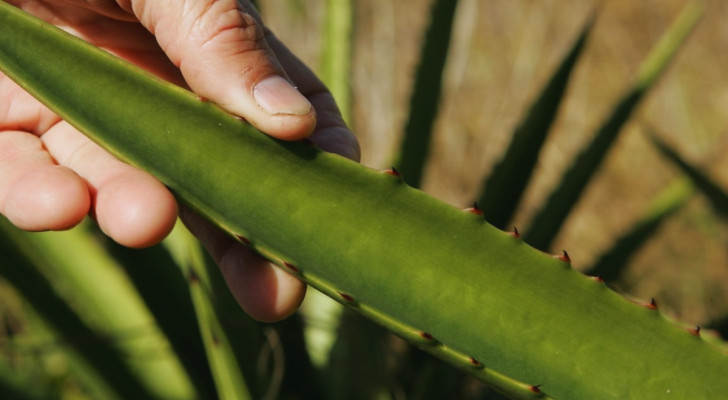
Pixnio
Beautiful, easy to grow and not a rampant plant: aloe vera is one of the most beloved plants that people grow at home (on the balcony or in the garden). But what can be done when it seems like one of them is drying out? On occasion, you might have an aloe whose leaves turn yellow and then brown, then dry out and curl up. Why does this happen and what can be done about this?
Do brown leaves on my aloe mean it's dried out?
Aloes are succulent plants and usually need very little water - this is one of reasons why they are so popular. However, it is easy to make mistakes when it comes to watering them. Specifically, yellow or brown leaves can be due to:
- over-watering: too much water makes the leaves darker, and then turns them brown. In fact, waterlogging the soil around aloes could cause root rot (which will also turn the leaves dark/brown);
- too little water: if the leaves are brown and dry, hardening and breaking off easily, then the likely cause is your aloe is thirsty. Whilst they need very little water, you still need to keep an eye on your aloes.
Another reason why aloe leaves turn brown is:
- too much exposure to direct, strong sunlight: aloes are native to Africa but have now evolved to adapt to many different climates around the world. The direct, strong sunshine of a southern exposure can be too harsh for aloes, especially where there is no shade at all.
Other color alterations can take the form of dark spots, which usually indicates exposure to either intense cold for too long (the ambient temperature for aloes should never fall below 10°C), or attacks by diseases, fungi and parasites.
How to treat a dried-out aloe
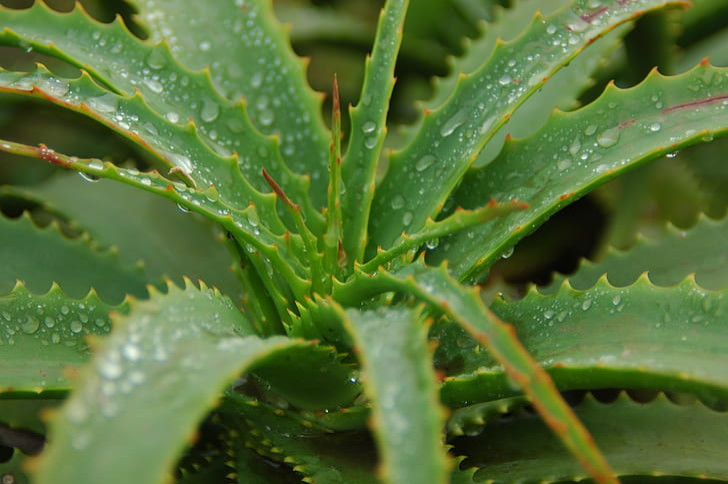
Pickpik
As described above, when the leaves of an aloe turn brown, dry, hard and perhaps even start to curl up, then the plant is drying out, and this may be due to under-watering and/or too much exposure to direct, strong sunlight. In the latter case, consider moving the plant to a west or south-east exposure (in the northern hemisphere), so that the plant receives direct sunlight only in the late afternoon or early morning. Even better, you can chose to postion your aloe in a brightly lit, airy spot. If your plant cannot be moved, you could use shades (such as umbrellas or tarps), or put down another plant neaby to give it some shade.
The ideal watering routine for an aloe is driven by its own particular needs (which you will "learn" over time): first of all, you need to make sure that the soil drains well but is also not too sandy, rocky or loose. Then, you need to check the humidity levels of the soil to determine when it's time to water your aloe. If the soil is dry on the surface but is still moist a few centimeters down, you can postpone watering the plant for a day or two (depending on the ambient temperature and weather forecast).
If the soil is completely dried out, then it's time to water your aloe. The best way to do this is with a gentle, continuous trickle of water until the soil is soaked (but not watelogged). When it is very hot, you can also consider putting a saucer under the plant's pot: the plant can draw on this reserve when needed and the water evoporating will create a humid microclimate around the plant that will help it withstand the intense heat.
If your aloe has dried out, the soil has turned dusty and the rootball is pulling away from the pot, then you will have to place the pot in a sink (or a basin). Then, water the plant slowly, saturating the soil. Leave the pot in the sink for one day so that the aloe can reabsorb any water which has drained out of it. After this treatment, allow the plant to drain and put it back where it was.
If the aloe is growing in open ground (ie. the garden), you will need to use a hose to gently water the ground around the plant for a few minutes.
Check the plant several times over the next few days, and if the ground/soil is still wet, avoid giving it any more water.
Dead parts of an aloe can be removed easily by hand (but do use gloves). So, as you can see, by using the right watering techniques, you can relatively easily revive an ailing aloe vera!
